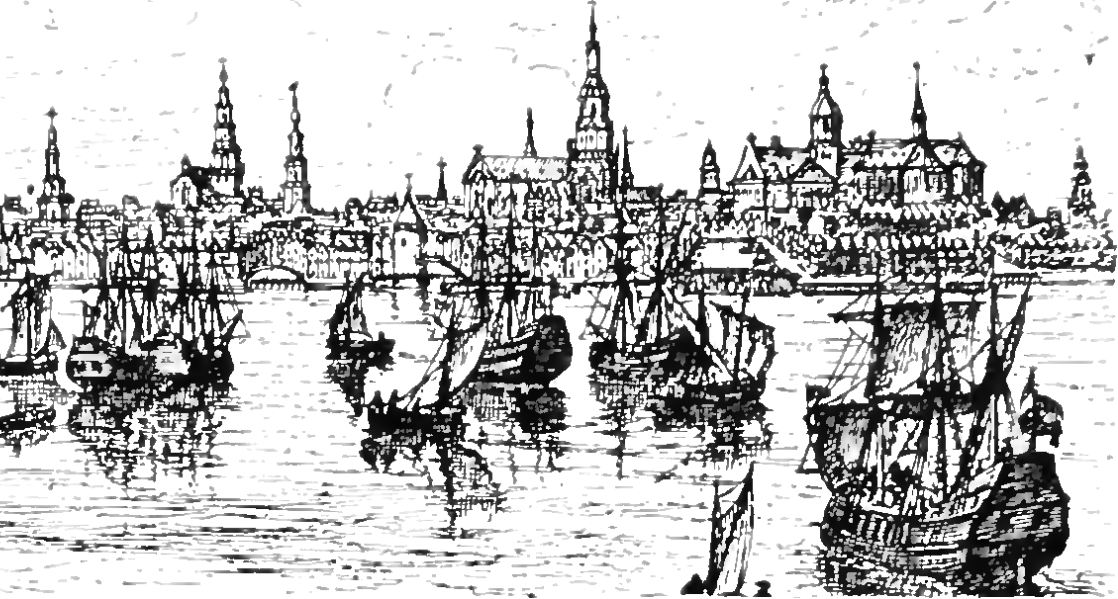<![CDATA[For centuries, this ship was searched for, and in late 2011 the infamous "Mars" warship that sunk nearly 500 years ago was discovered by marine archaeologists 246 feet below the surface of the water. The Swedish ship was named after the Roman god of war and was the one of the largest battleships in the world at that time. It went up in flames in a naval battle between the Swedes and the Germans in 1564. Johan Ronnby, a professor of maritime at Sodertorn University in Sweden led a team of researchers to search the wreckage for any artifacts. Their research method is unique in that he uses 3D scanning machines and photos to look for artifacts in the ship. This method is much better for the artifacts as it is expensive and dangerous to bring out a ship from the ocean, as well as risking damage to them. These scans are accurate to 2 millimeters, which is more than satisfactory for most archaeological work. He states that 16th century ships are important in history as it was at this time when Europe began to build three-masted warships, however, not much is known about warships during this period. The study is funded by National Geographic Society's Global Exploration Fund and he is working with Ocean Discovery part owner, Richard Lundgren, to try to construct the 197-foot-long wreck by piecing together photomosaics and making 3D reconstructions. The "Mars" was a warship that sank on May 31, 1564, off the coast of the Swedish island of Oland. The ship had extreme firepower, with a large number of cannons (nearly 200) and guns aboard. The ship went down at the hands of a Danish force which had close ties with Germany. German forces fired at the side of the ship, and the heat produced from the fires caused the gunpowder on the ship to explode. Legend has it, however, that the ship's cannons were made from iron derived from confiscated church bells, hence cursing the ship. They were confiscated because of rising conflicts between the Catholic Church and Swedish kings who didn't like the power the church had over the country, so to diminish its power it confiscated the bells and used the metal from them to make cannons. The conditions of the water where the ship sank were conducive in preserving its original form in a remarkable way - low sediment levels, slow currents, brackish water and absence of ship-eating mollusks. Ronnby and his team hope to complete the reconstruction of the ship by the end of summer. He says that he had taken some pieces of the wreck above water and saw charred pieces, which cemented the story about the ship being sunk by fire. He says that the guns and cannons that were supposed to spell the demise of other ships, actually spelled its own demise. Whether one goes with the story of the legend or the war account, the ship sank because of its immense firepower. ]]>
Team to Complete Digital Reconstruction of Sunken Warship “Mars”
